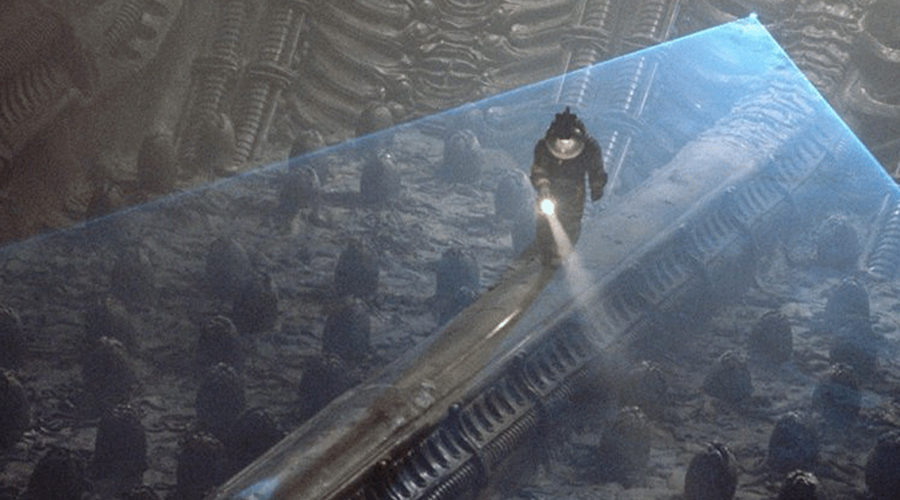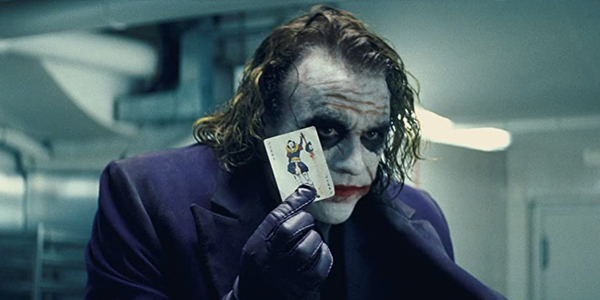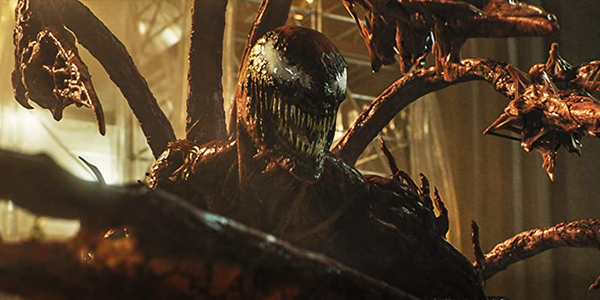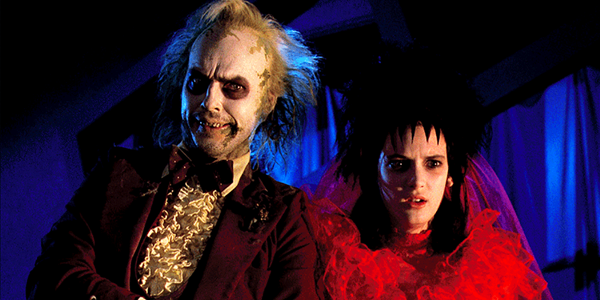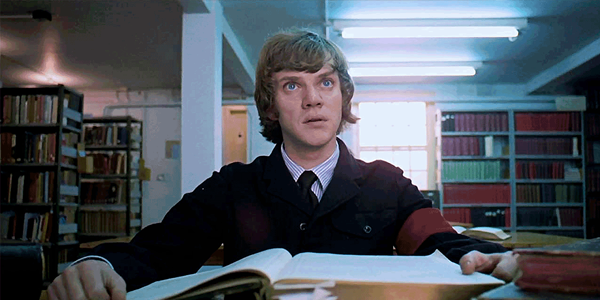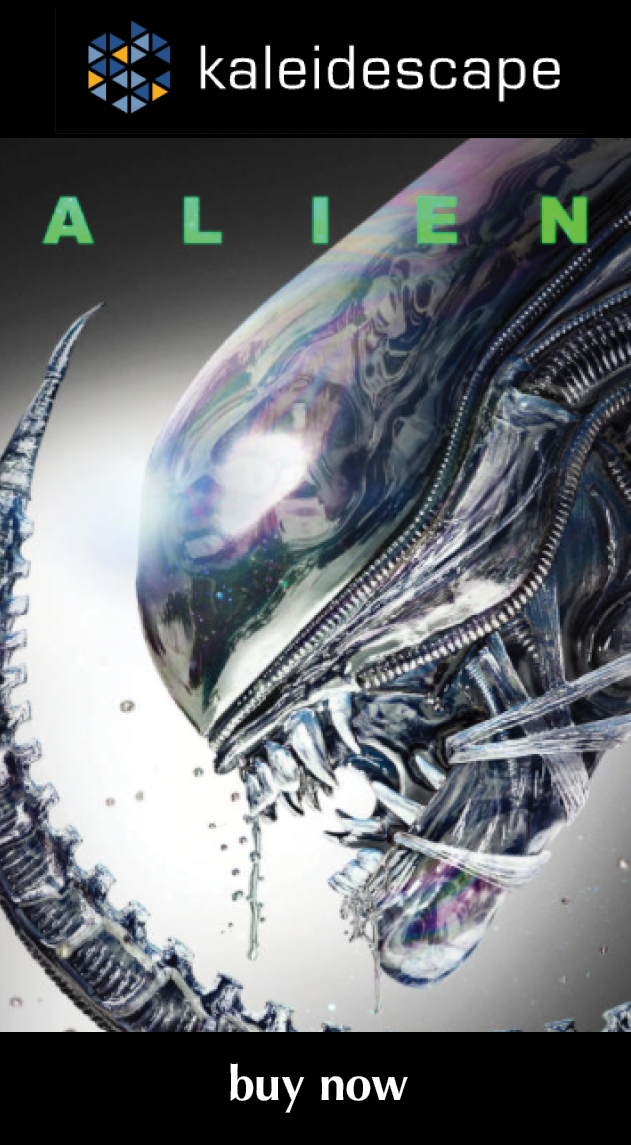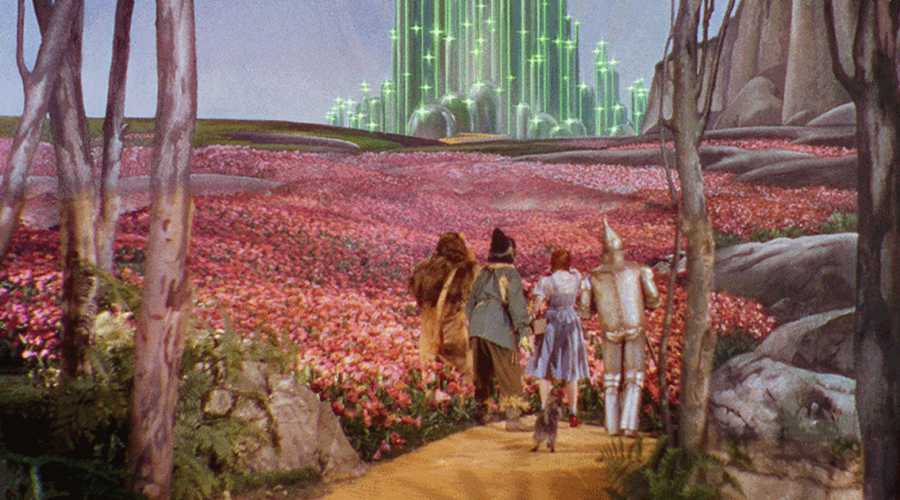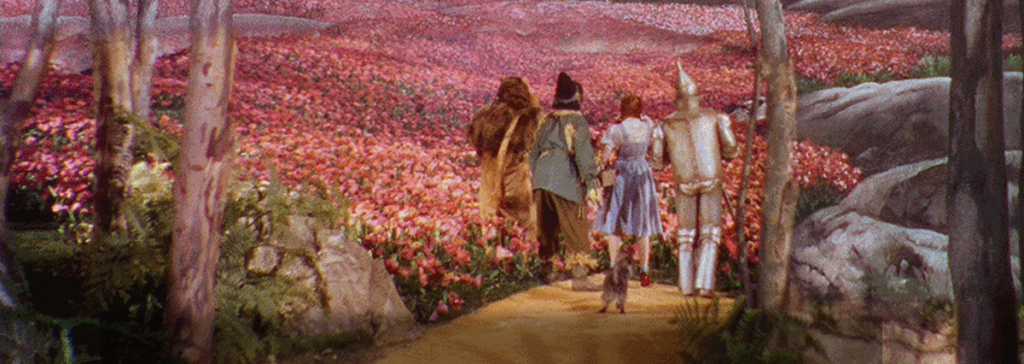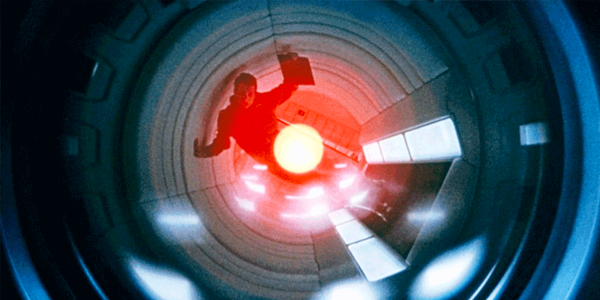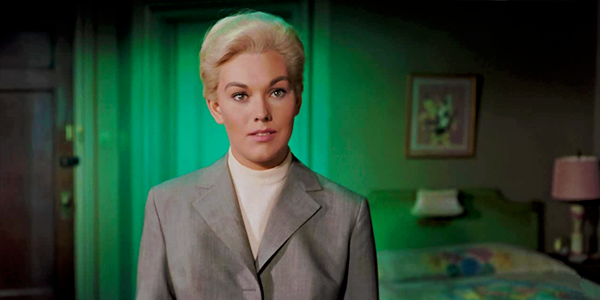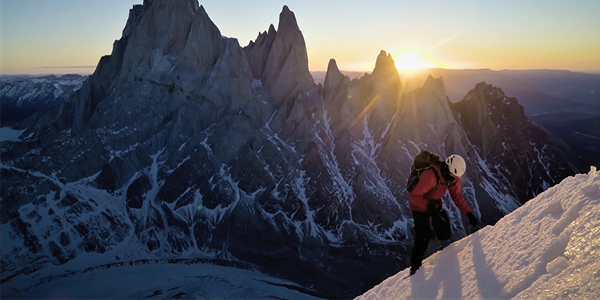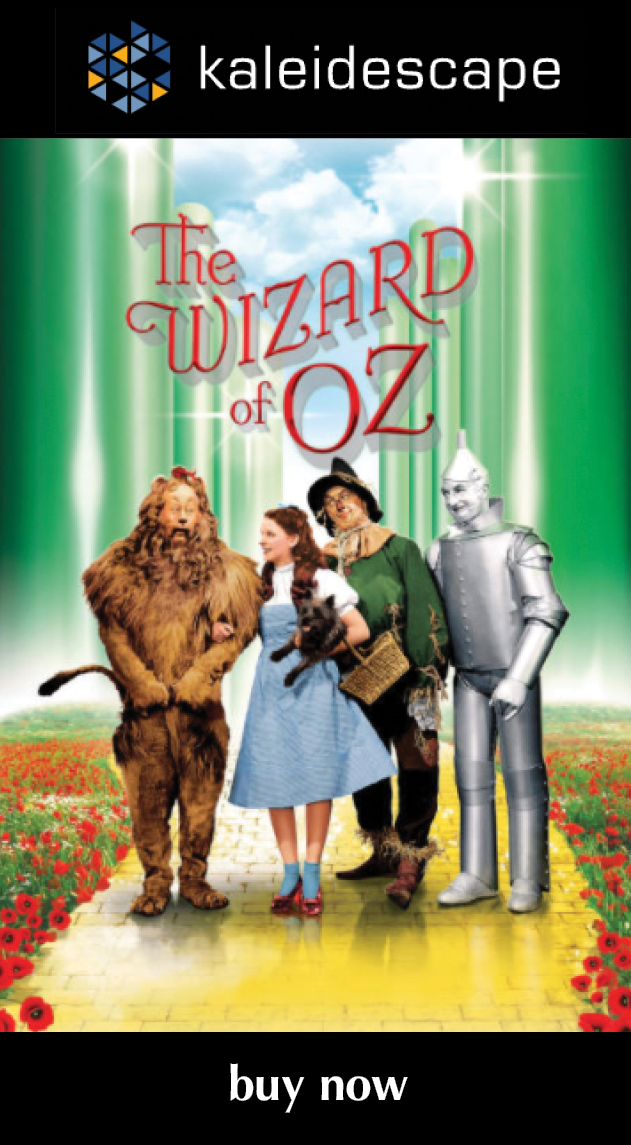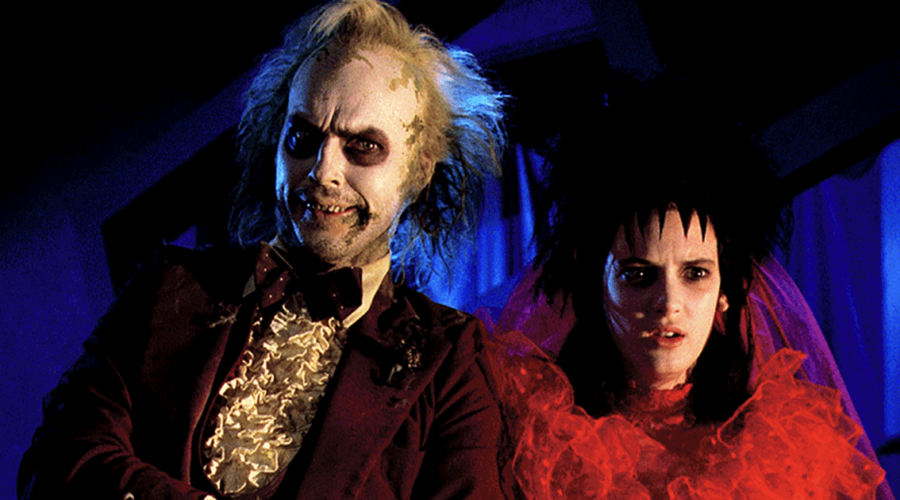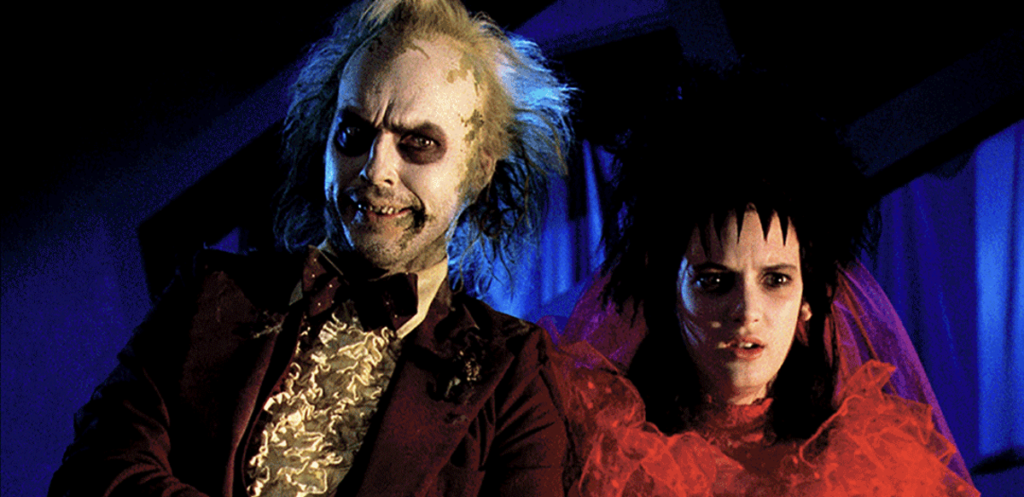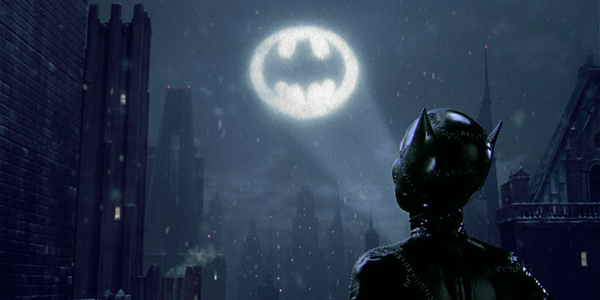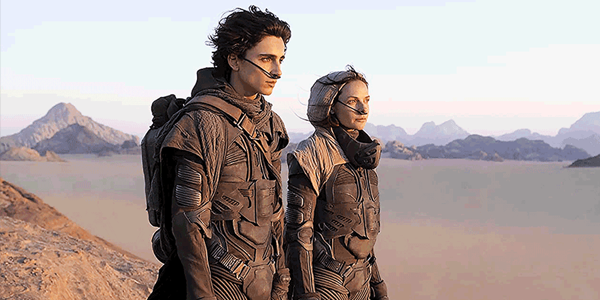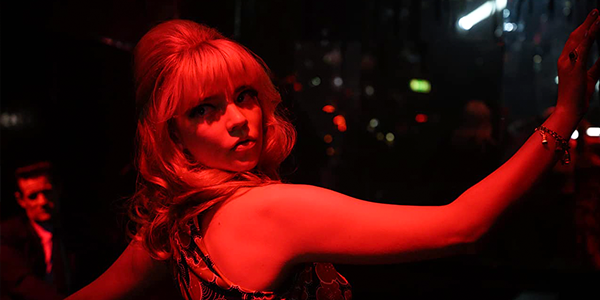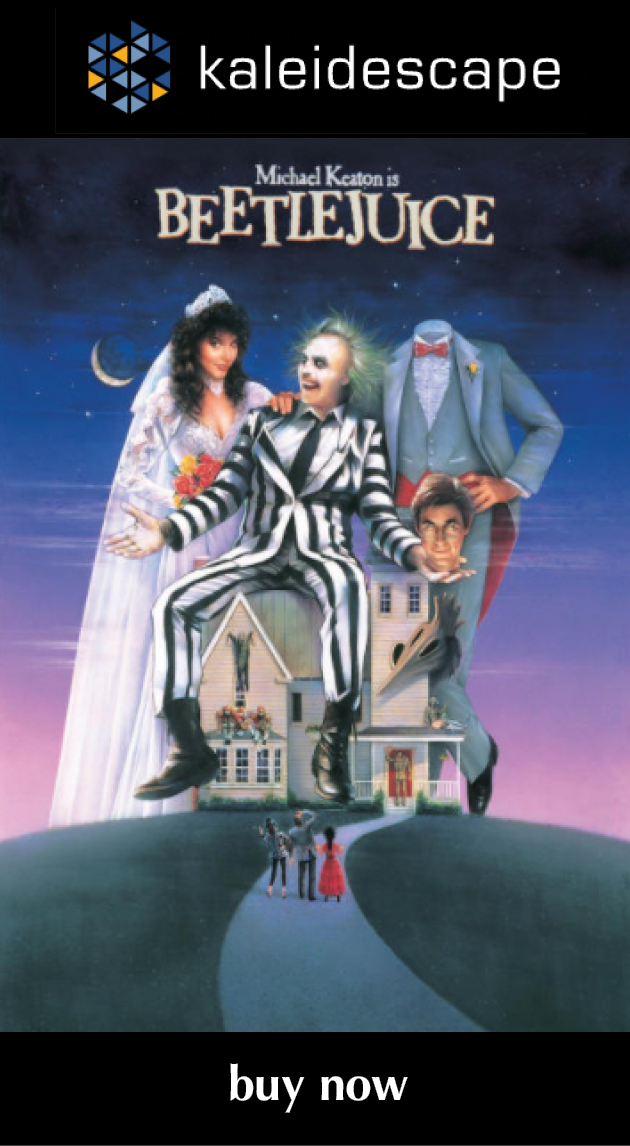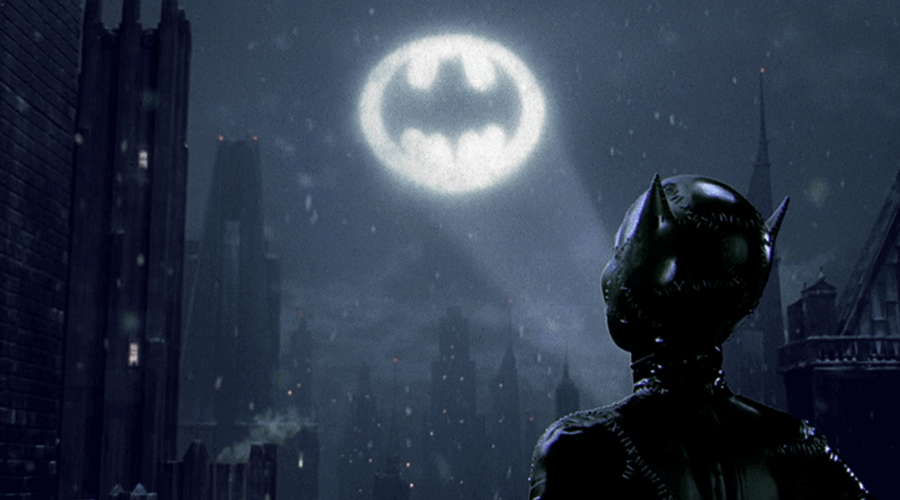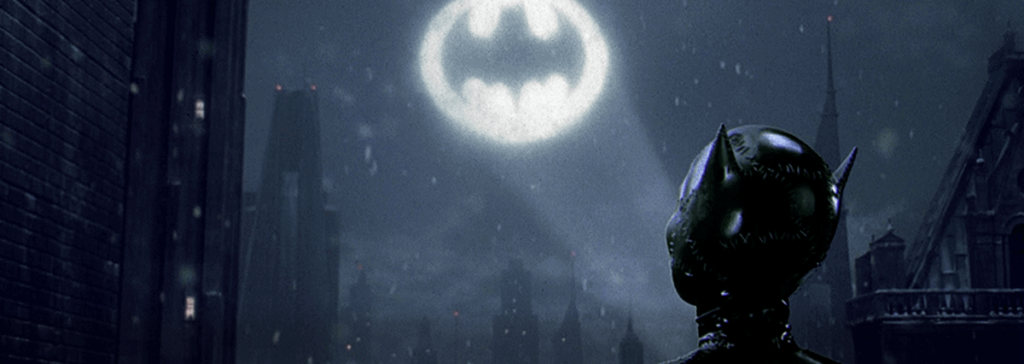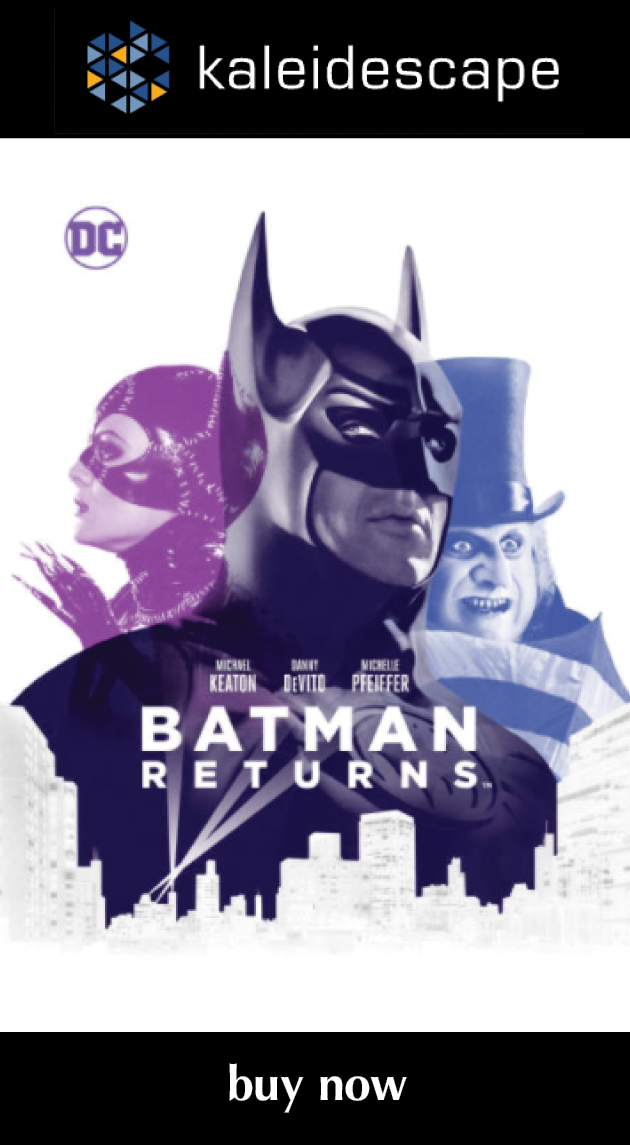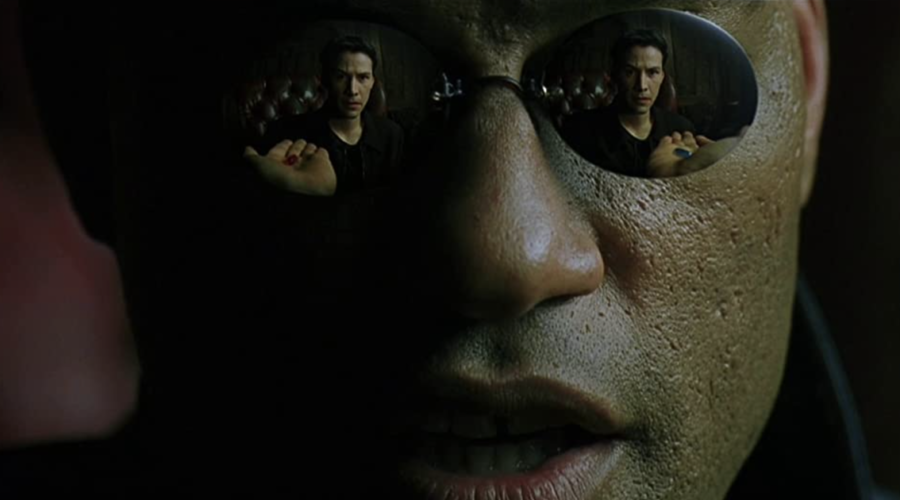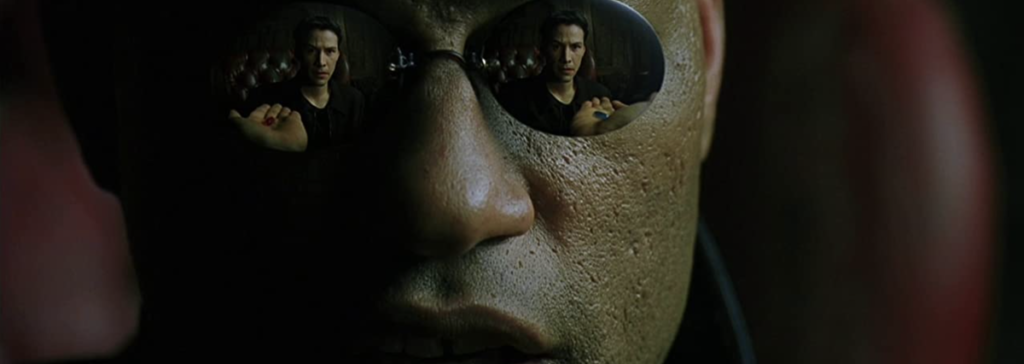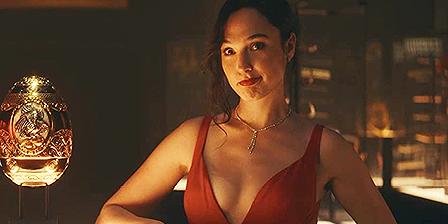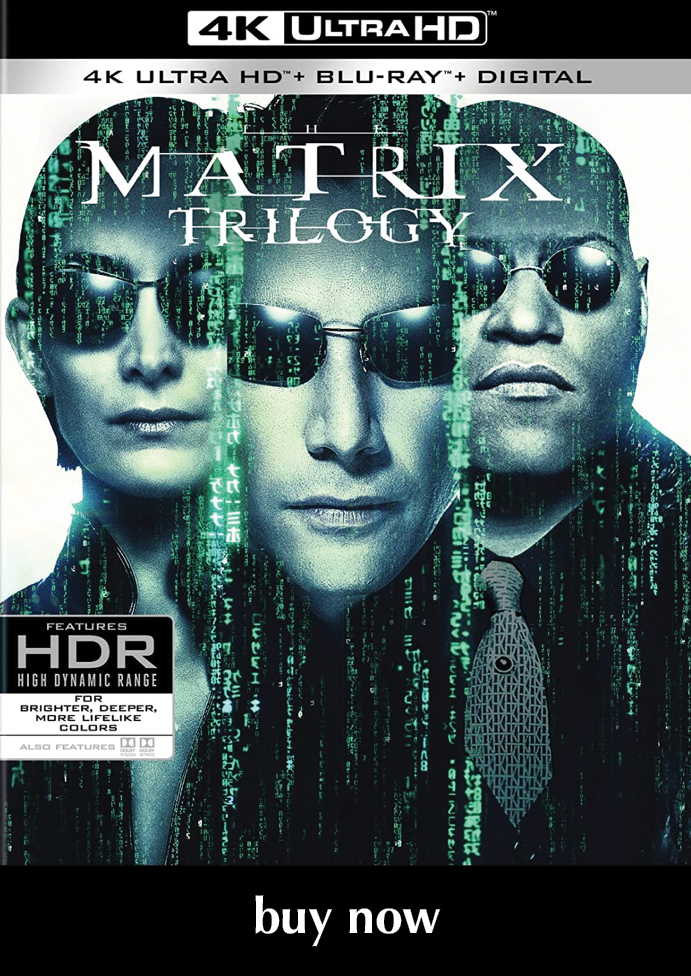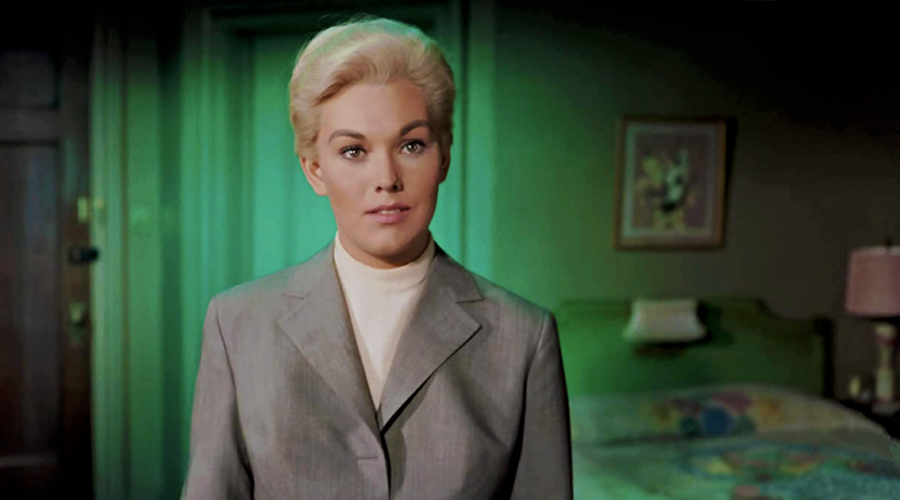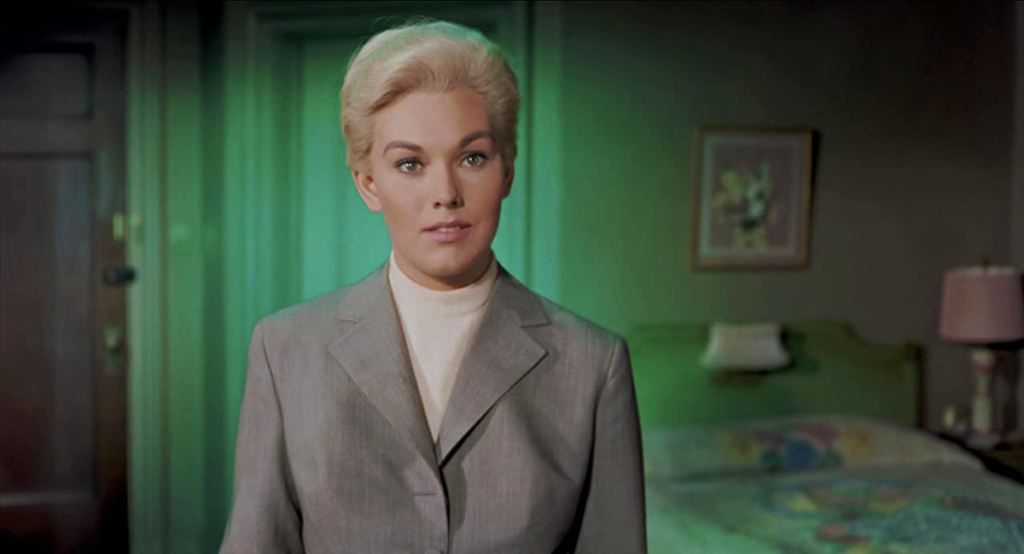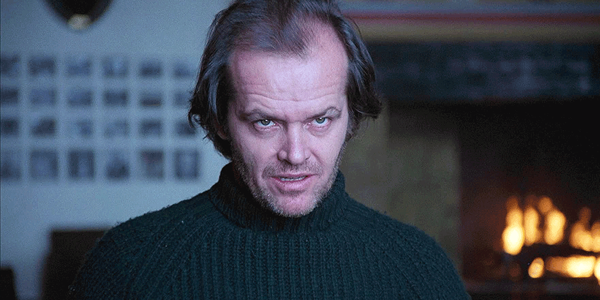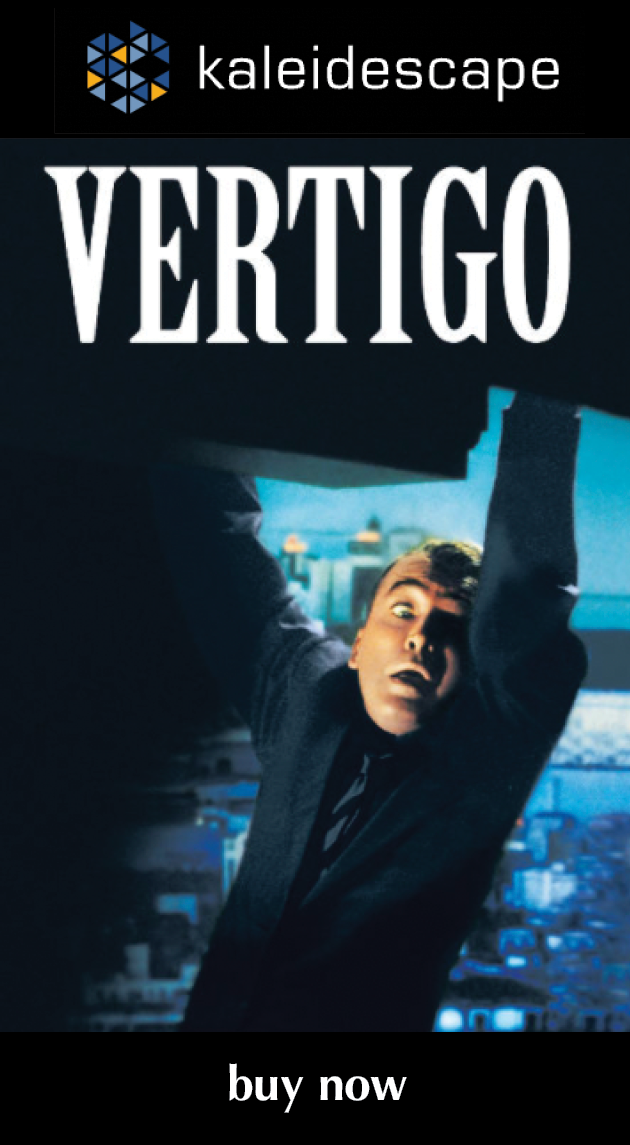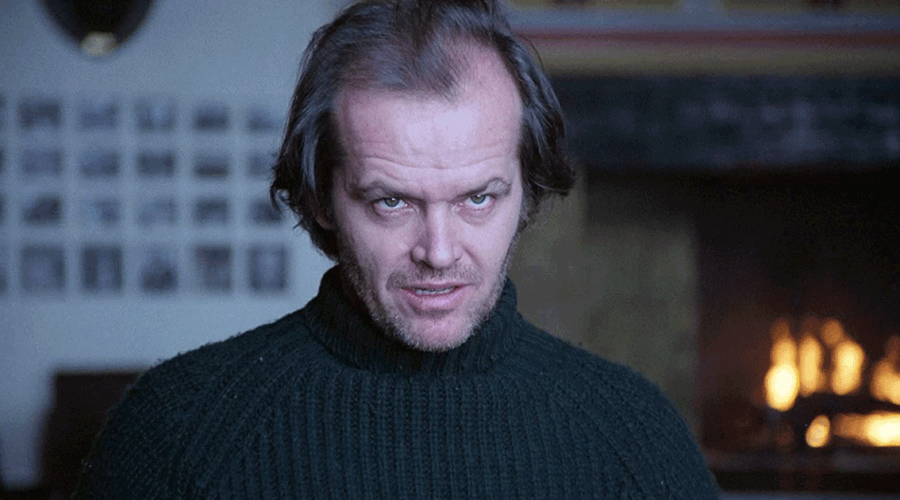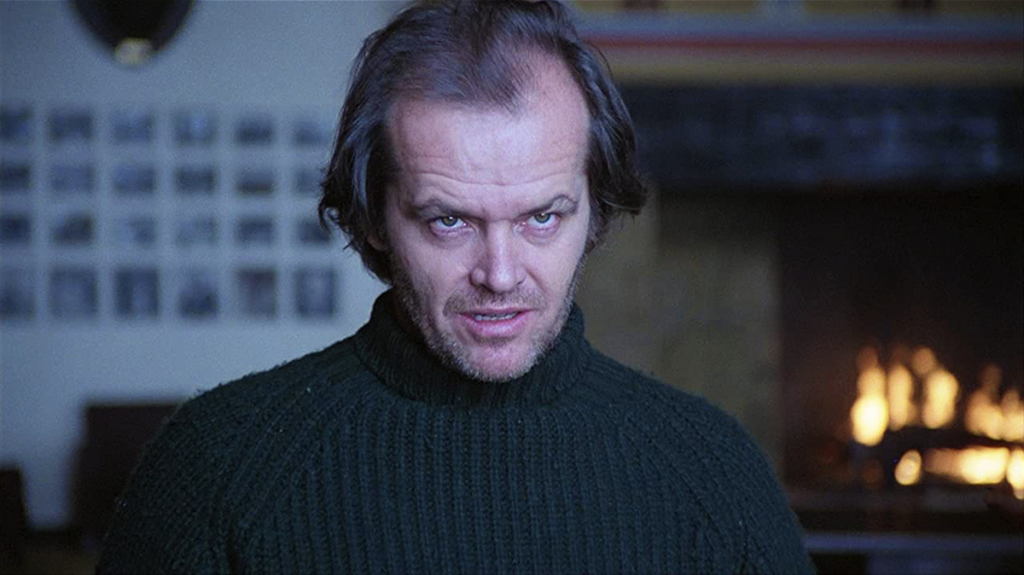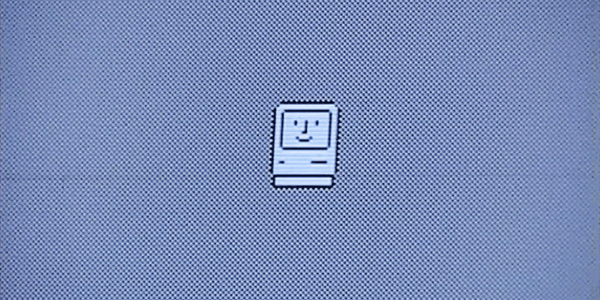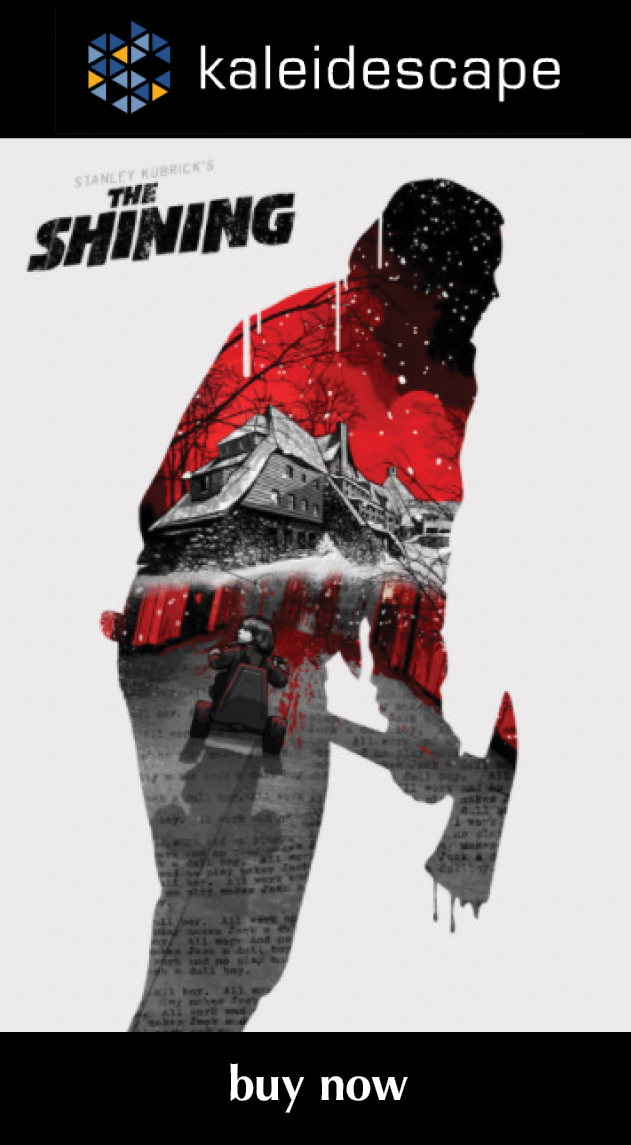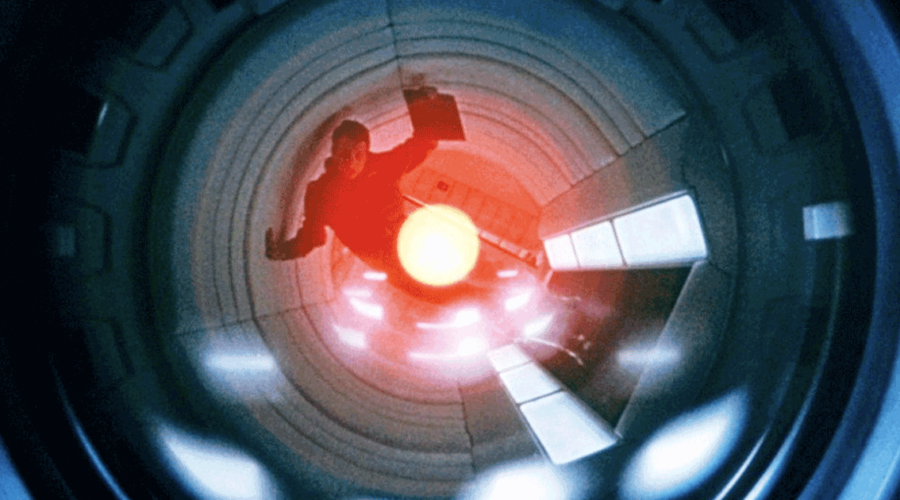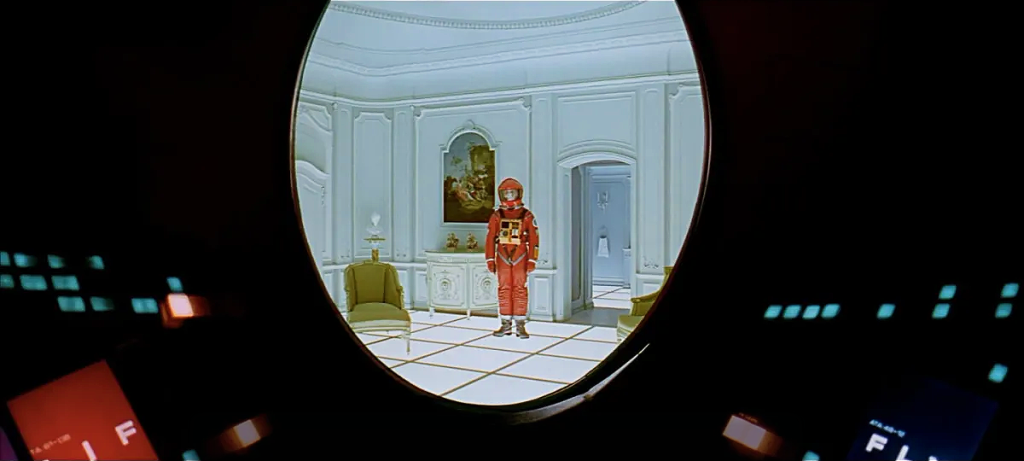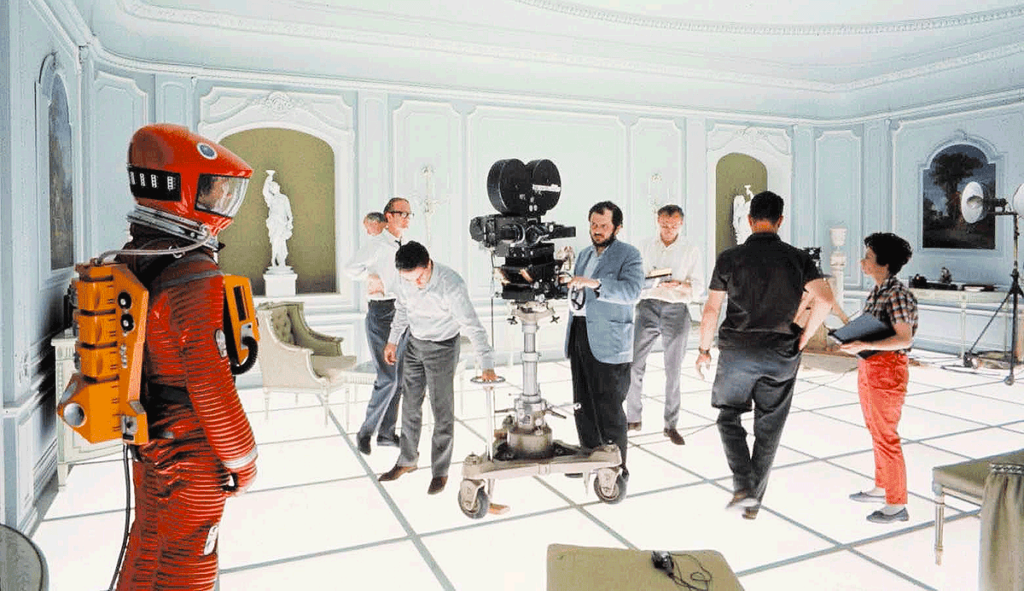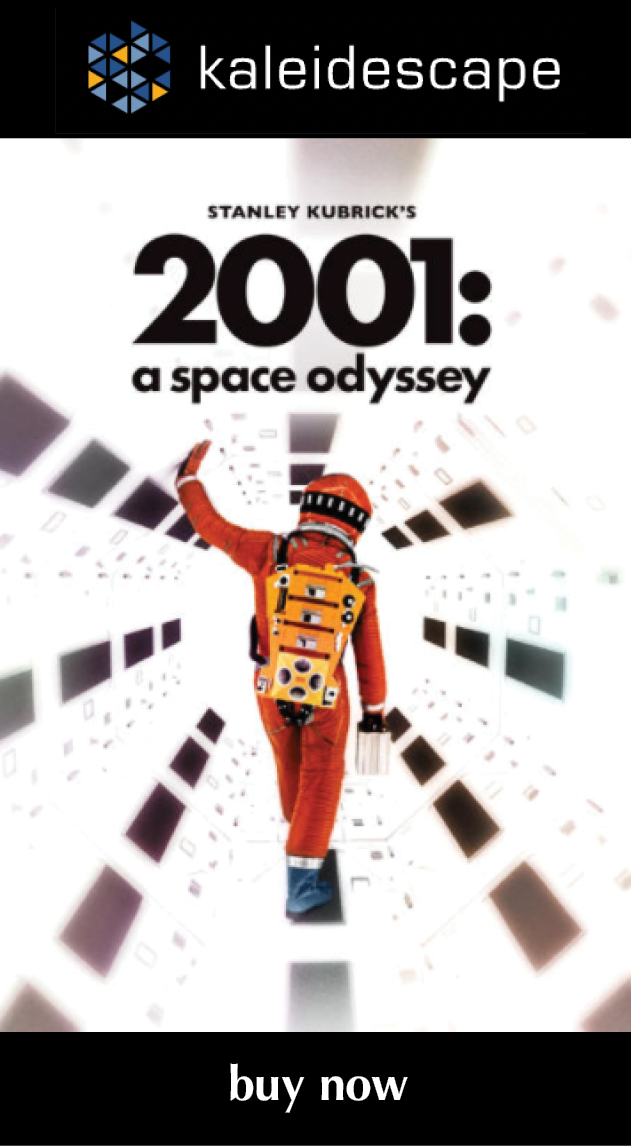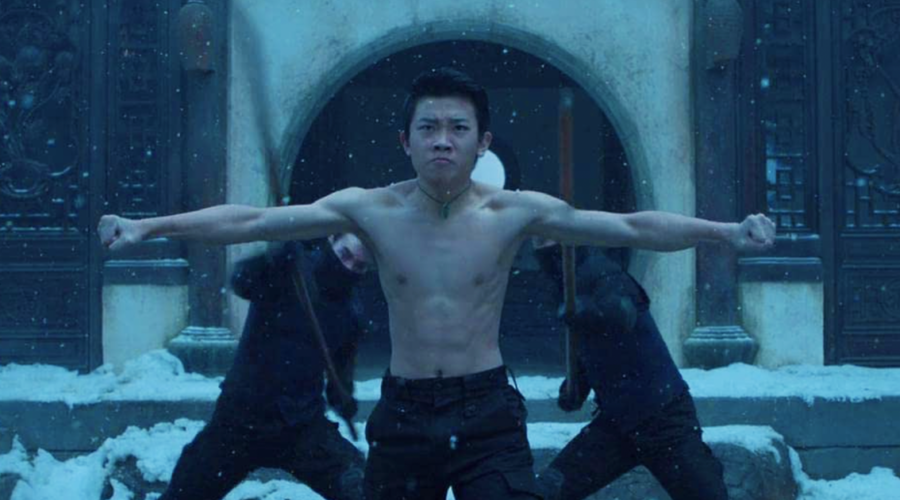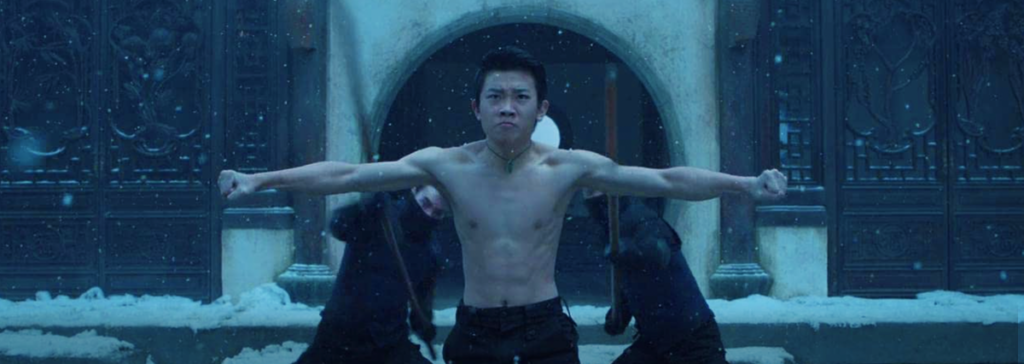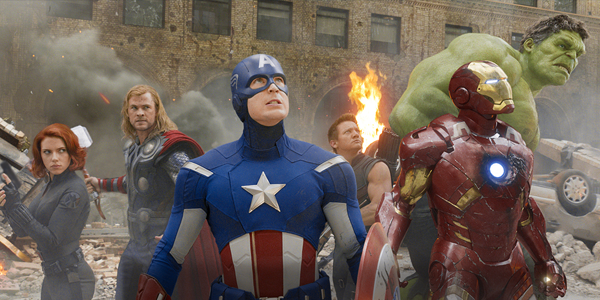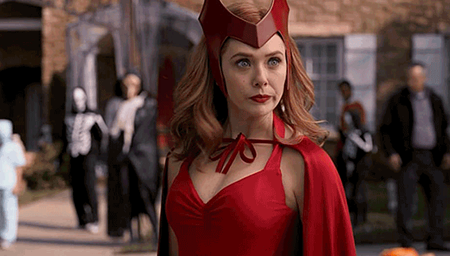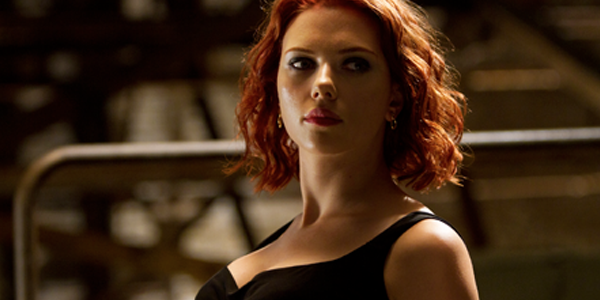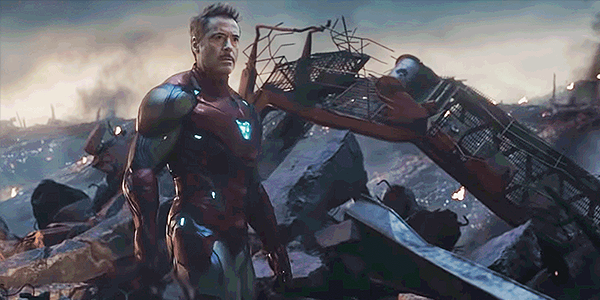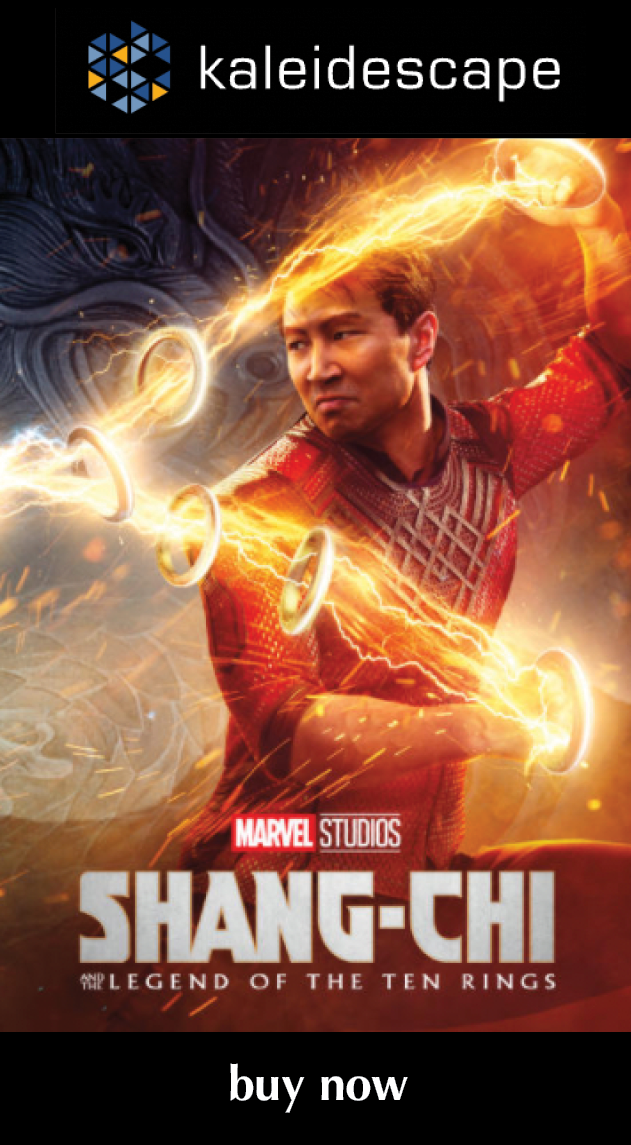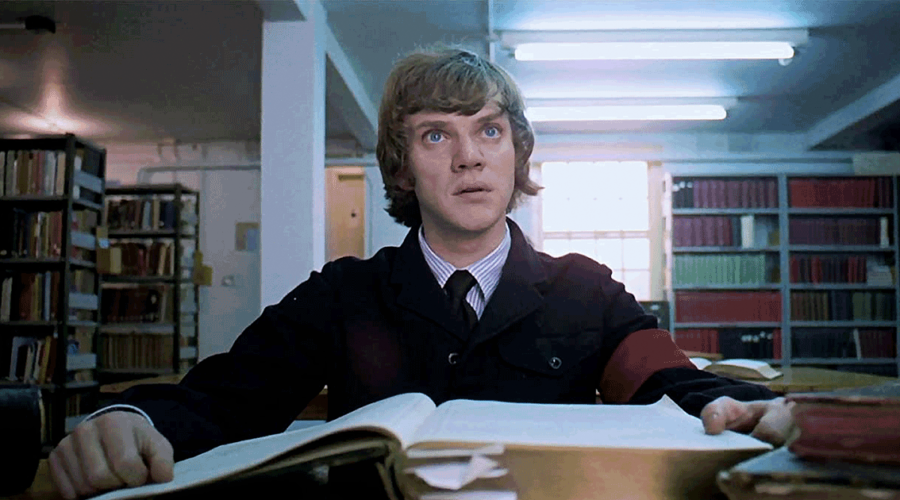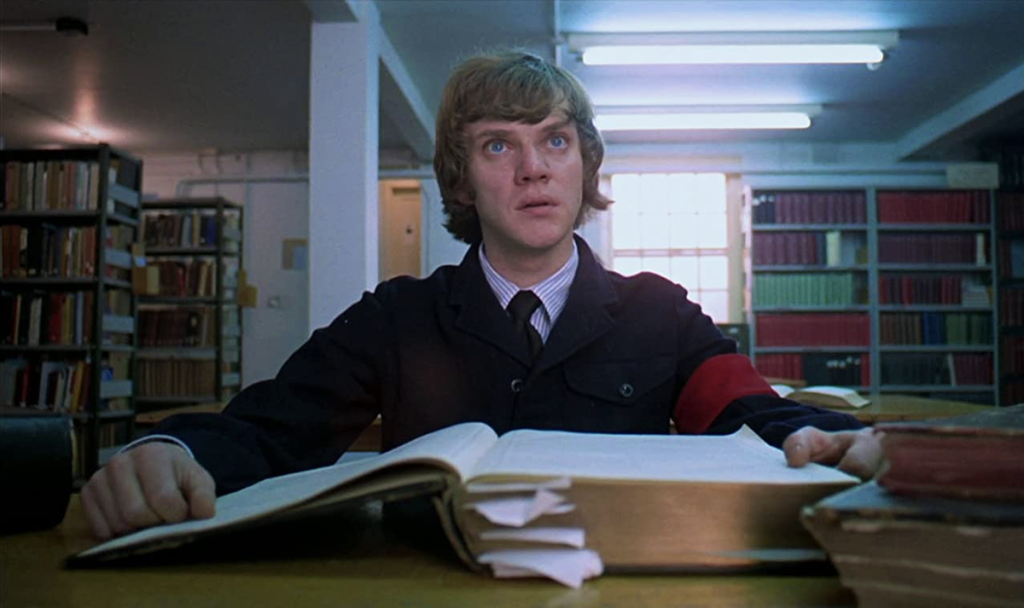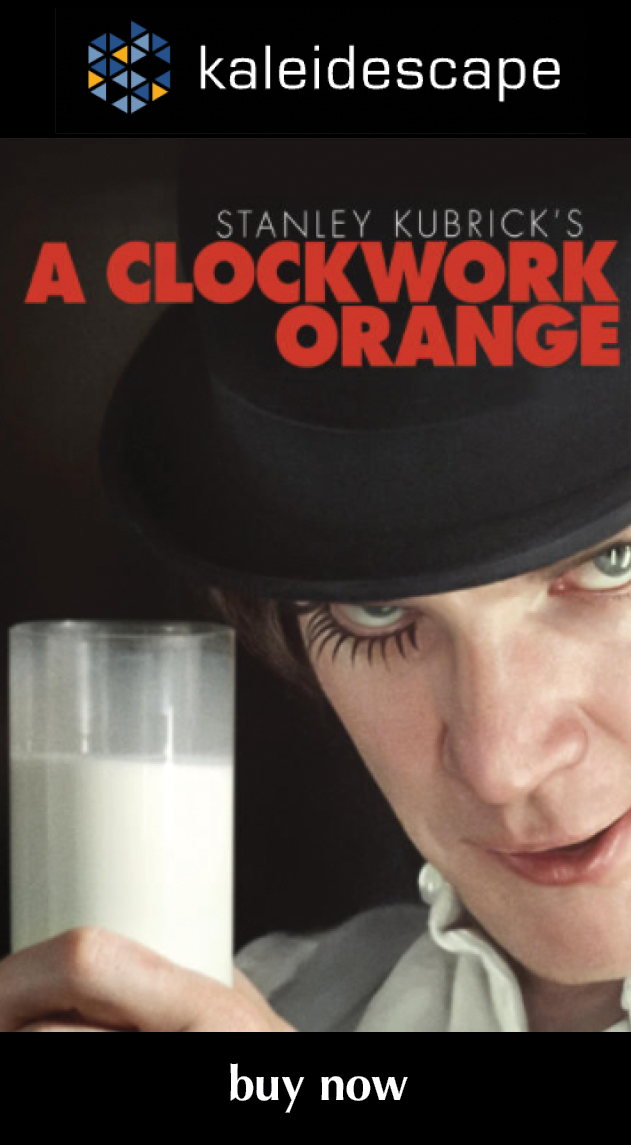Review: Alien
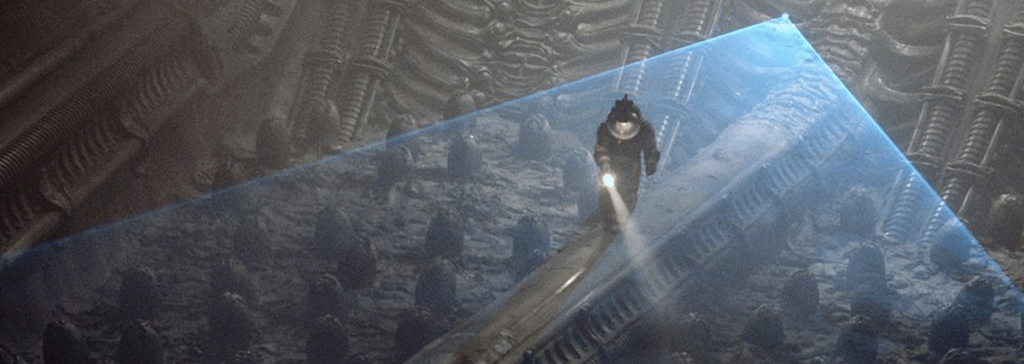
review | Alien
The style-driven sci-fi horror flick that launched Ridley Scott’s career gets a terrific 4K HDR restoration, but not a new Atmos mix
by John Sciacca
August 26, 2019
Forty years. That’s how old the seminal sci-fi, suspense, horror film Alien turns this year. And to celebrate the milestone, 20th Century Fox has given it a complete 4K HDR restoration, supervised by director Ridley Scott, with the transfer taken from a 4K digital intermediate.
What can be said about Alien that hasn’t been said in hundreds of other reviews, columns, blogs, and forums? Released in 1979, the movie has a different look, feel, and style than anything else that had come before. And like throwing a boulder into a pond, it caused a ripple effect through the filmmaking world that influenced the style and storytelling of virtually every sci-fi film that followed—principally Scott’s own Blade Runner. Sigourney Weaver’s Ripley—looking incredibly young and fresh-faced here—launched the idea of a strong female hero, and Scott’s gritty, decaying Nostromo showed that the future didn’t need to be shiny and new.
I remember the first time I saw Alien. All I really knew about it was the tagline, “In space, no one can hear you scream.” The original trailer had an incredibly slow build, almost a full minute of a slow pan down to an egg, followed by a lot of dark scenes with people running and panicking. And not a single spoken word—not one.
Of course, as an 11-year-old, the infamous chest-burster scene was shocking but not actually the nightmare fuel one might think. No, what lingered in my brain was nightmares of running through a darkened ship, klaxons blaring, strobes flashing, being chased by a monster as a countdown timer steadily wound down towards destruction. Fun times.
Unfortunately, Alien has never lived up to its potential on the home screen. DVD and LaserDisc versions were overly grainy and noisy, and the previous remastered Blu-ray version couldn’t do the shadow and black-level detail justice. All of that is made right with this 4K HDR version, which looks fantastic. Fortunately, the restoration isn’t heavy-handed, getting rid of the bad bits of noise and deterioration while keeping Scott’s look and stylistic feel solidly intact.
The film begins with the unrestored 20th Century Fox logo showing you just how grainy and noisy the source material was but once we jump into the film, the image is clean, clear, and beautifully solid. The blackness of space is deep, inky, and clean, with the stars as bright pinpoints of light. They definitely took a mild touch with HDR, not overdriving the film but enhancing key scenes, punching up the appropriate highlights like the ship’s drive engines, spotlights, flames, and strobes. Much—and I mean much—of the film takes place in the dark, with many things hidden in shadows, and it’s here the cleaned-up transfer and HDR have the greatest impact.
Occasionally, there are scenes where the boosted brightness of a spotlight will highlight a bit of noise in the image, but these are few and unobjectionable. There’s a brutal video torture test at 24:30 in, where the crew is exploring the moon that’s the source of the spurious radio signal. Here we have myriad shades of gray illuminated by various lighting sources and swirling smoke that could be an absolute banding nightmare, but the image holds up wonderfully. While Alien will never be accused of being a colorful film, 4K’s wider color gamut is used modestly to enhance the bright reds and oranges of the many indicator lights located around the Nostromo.
It’s been years since I’ve watched it, and I couldn’t entirely recall the storyline, so it was nice to go into it semi-fresh. What I really appreciated was the total lack of exposition. You’re thrown into the Nostromo with the crew as they’re awakened out of hyper-sleep and have to figure out things along with them. Several minutes pass before a word is spoken. The depth of the image during the slow, wandering journey through the empty space ship is almost 3D. HDR is used nicely here, allowing us to see more shadow detail than ever, letting you appreciate the lengths taken with the practical sets. The same can be said for the spacecraft the crew discovers on LV-426. Here you can marvel at H.R. Giger’s design style and really appreciate the look of the Space Jockey and leathery texture of the eggs in the egg farm.
Whether by design or technical limitations, the glimpses of the Xenomorph are kept few and are often just snatches or in shadows. This reminded me of Jaws, where Spielberg keeps the huge Great White a visual mystery for much of the film, proving that often the dangers we can’t see are the most terrifying.
I was amazed how well the story and effects hold up. The only things that really date the look are the ancient displays and computer tech located around the Nostromo. Some of the graphics on these screens look a bit of a mess, while others—namely the text on Mother’s screen—look razor-sharp. The alien looks just as terrifying as ever, with the workings of its glistening, goo-filled inner jaws clearly visible.
Part of the danger of making a film this old look so good is that some things best left unseen are revealed. There were a couple of moments where it was too obvious that the alien’s movements were a tad too human-in-a-costume or that we were looking at models instead of full-sized crafts. Fortunately, these were minor and certainly didn’t detract me from enjoying the film.
One thing not changed from the previous Blu-ray release is the audio, including the 5.1-channel DTS-HD Master Audio. Would I have loved a new Dolby Atmos or DTS:X mix? Absolutely. There are many scenes where an immersive track could have been used to great effect but this mix plays well in a luxury cinema and my processor’s upmixer did a great job of putting blaring alarm klaxons up into the overheads.
Both the 4K disc and the Kaleidescape download include the original theatrical cut and the director’s cut (which actually plays a minute shorter) along with two commentary tracks and two isolated soundtrack scores. Alien is a must-have for any film fan, and I dare say it will never look better than what we have here.
Probably the most experienced writer on custom installation in the industry, John Sciacca is co-owner of Custom Theater & Audio in Murrells Inlet, South Carolina, & is known for his writing for such publications as Residential Systems and Sound & Vision. Follow him on Twitter at @SciaccaTweets and at johnsciacca.com.
PICTURE | The 4K HDR restoration looks fantastic, getting rid of the bad bits of noise and deterioration while keeping Ridley Scott’s signature style solidly intact.
SOUND | This is the same 5.1 DTS-HD Master Audio mix that was on the Blu-ray release but a processor’s upmixer can do a great job of putting things like the blaring alarm klaxons up into the overheads.
© 2025 Cineluxe LLC
